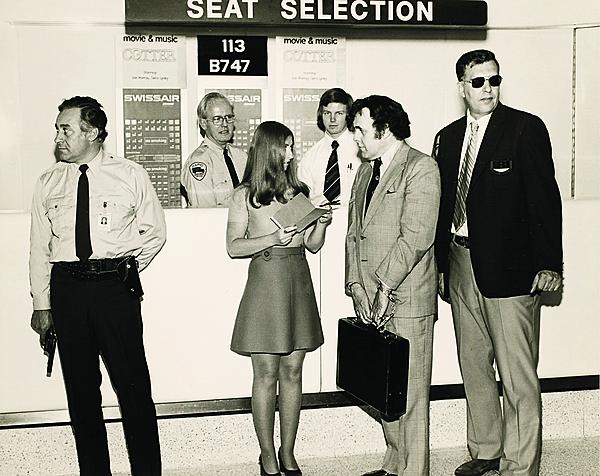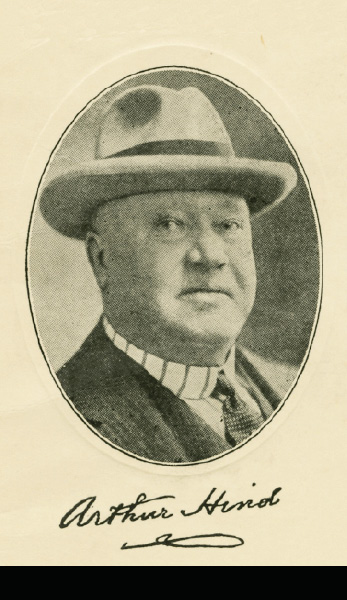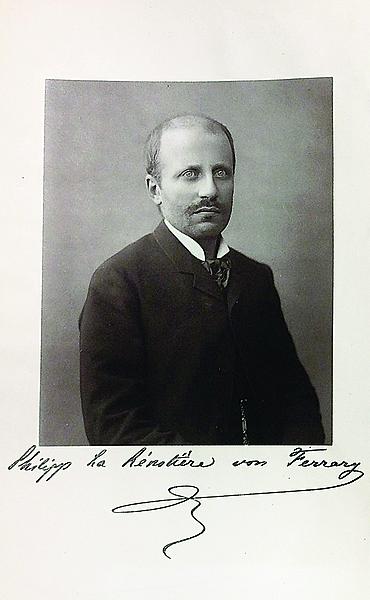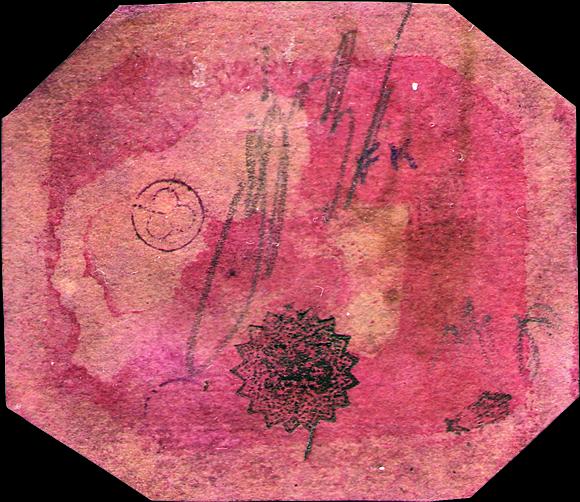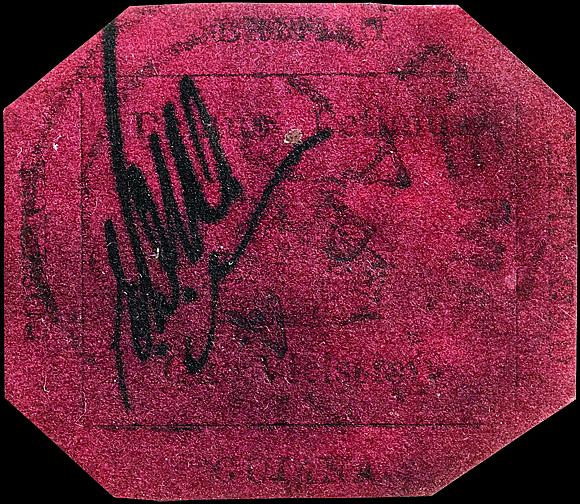World Stamps
British Guiana 1¢ Magenta goes on display before its June 17 return to the auction block
The unique British Guiana 1¢ black-on-magenta of 1856, billed as the “pinnacle of philately” and dreamed of by kings, industrialists and schoolchildren alike, is on public display at Sotheby’s New York City headquarters ahead of its June 17 single-lot offering.
The stamp, whose full story is told in an exhaustively researched and illustrated sale catalog, is on view in a special magenta-painted room that David Redden, Sotheby’s chairman, called a “chapel for the stamp.”
It travels to London for public viewing from June 1-4 before returning to an even larger gallery in New York in advance of the sale.
In April, Redden took the 1¢ Magenta to Washington, D.C., where Thomas Lera, the research chair of the National Postal Museum, spent several hours examining and photographing the stamp in the museum’s philatelic forensics lab.
Among the equipment Lera used was a VSC-6000 video spectral comparator, which looks at different wavelengths of light reflected from a subject, and a Leica high-power microscope, which at 400-power magnification can reveal individual paper fibers.
All the equipment in the museum’s lab is nondestructive. The stamp did not come into contact with water or watermark fluid.
The purpose of the Smithsonian’s examination was “to record the stamp for posterity,” Lera said, as well as to provide the most detailed documentation yet, including many infrared images of the stamp and its markings.
The museum does not offer expertization or opinions about genuineness, but its lab is available to all philatelists for research purposes.
Several of Lera’s infrared images of the owners’ marks on the back of the 1¢ Magenta appear in the Sotheby’s catalog.
As a result, Redden said, it now seems likely that a mysterious 17-pointed star found there came from Ann Hind Scala, the widow of textile magnate Arthur Hind, who outbid Britain’s King George V to own the stamp in the 1920s and 1930s.
After Hind died, she contested his will and won ownership of the stamp. Thanks to the Smithsonian’s analysis, the ornate star can be seen to cover up Hind’s distinctive cloverleaf-AH marking.
Lera and Redden both said that the Smithsonian’s examination did not reveal any surprises that might have cast doubt on the certificate of authenticity recently issued for the stamp by the Royal Philatelic Society London.
“But we weren’t looking for any,” said Lera.
The unique stamp, listed in the Scott Standard Postage Stamp Catalogue as British Guiana Scott 13 and in the Stanley Gibbons stamp catalogs as number 23, is not priced in either reference.
It has changed hands only a few times since its discovery in 1873 by a 12-year-old schoolboy who sold it to another collector for 6 shillings.
The stamp soon found its way into the collection of the legendary Count Philipp von Ferrary, who owned it for some 40 years.
Then it passed through Hind and eventually to an Australian engineer, Fred Small, before an investors’ consortium represented by Irwin Weinberg bought it in 1970 and exhibited it all over the world.
The stamp last sold at a Robert A. Siegel auction in 1980 for $935,000, including a 10 percent buyer’s premium.
The buyer then was the wealthy chemical heir John E. du Pont, who died in prison in 2010.
His estate is selling the 1¢ Magenta.
Sotheby’s has placed an estimate of $10 million to $20 million on the stamp. Bidding will be on the floor and by phone, but not via the Internet.
Bidders need only register, and no further pre-approval is required. Redden, who will be calling the sale, confirmed that there is a confidential reserve price that is below the low estimate.
MORE RELATED ARTICLES
Headlines
-
World Stamps
Oct 8, 2024, 3 PMRoyal Mail’s Oct. 1 definitive meets new international standard rate
-
World Stamps
Oct 8, 2024, 12 PMPostcrossing meetup Oct. 9 at U.N. headquarters
-
Postal Updates
Oct 7, 2024, 5 PMUSPS plans to raise postal rates five times in next three years
-
US Stamps
Oct 7, 2024, 3 PMMcMurtrie dismissed as APS education director following Sept. 21 arrest
